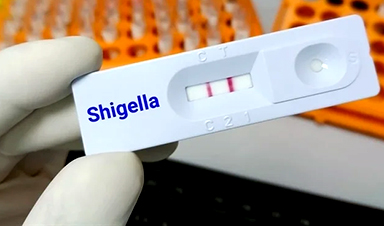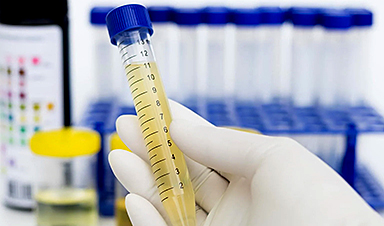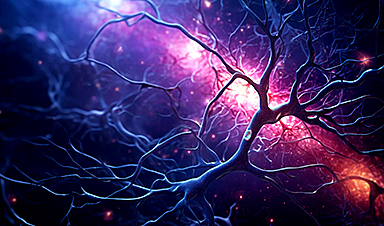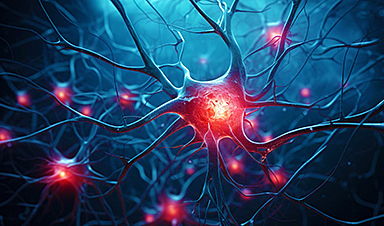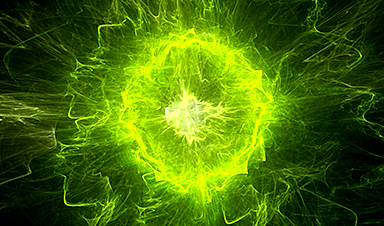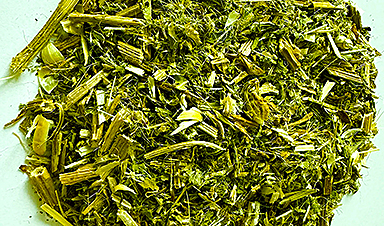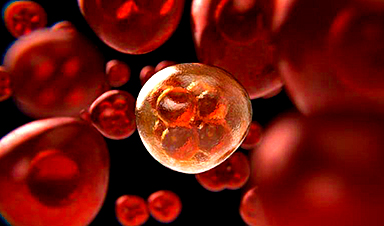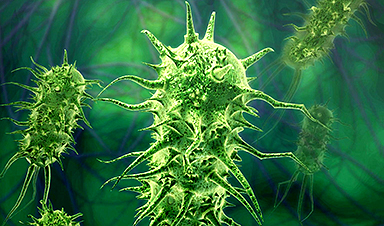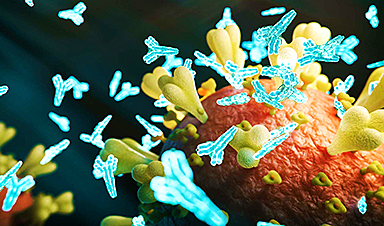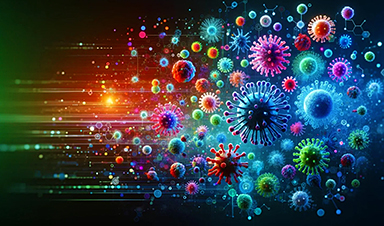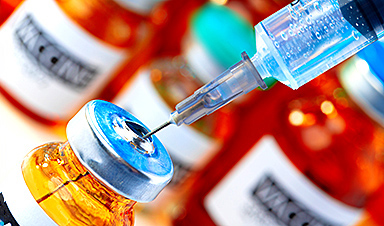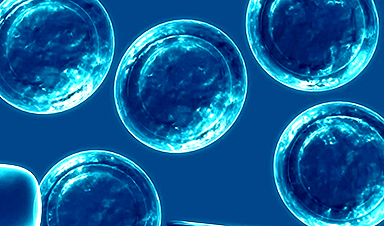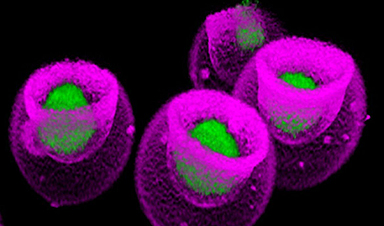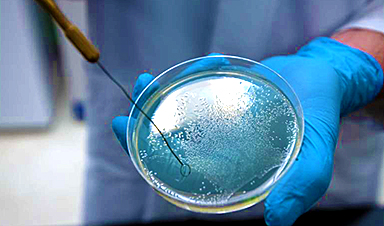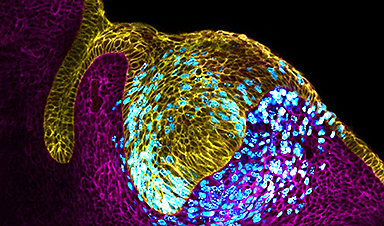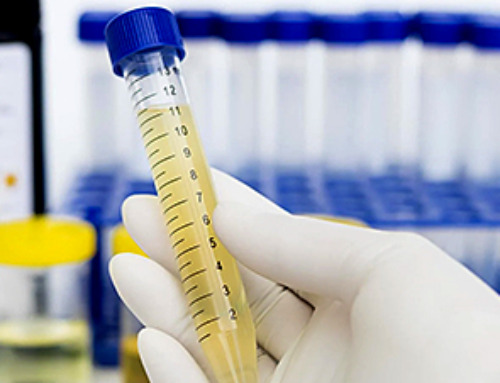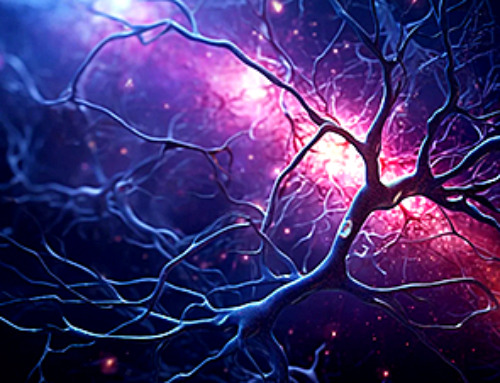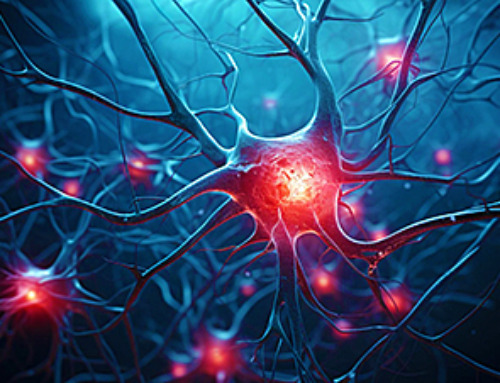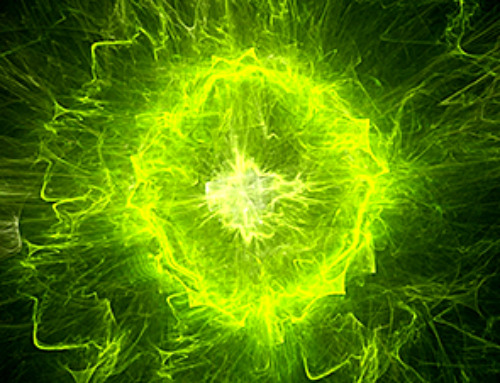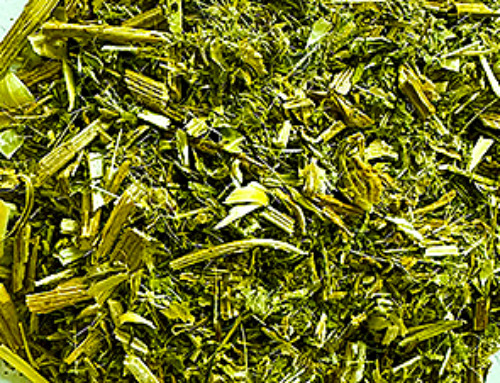Shigella bacteria, which causes Shigellosis, is the primary cause of bacterial diarrhea and diarrheal death among juveniles under five years of age. Because of the antibiotic resistance of Shigella strains, no commercial vaccines are available to date.
An article published in Molecular Pharmaceutics presented an extension of a previous work that demonstrated the stabilization of “invasion plasmid antigen C” (IpaC) protein by using Shigella dysenteriae serotype 1 (Sd1)-based recombinant to induce immune responses in BALB/c mice. However, this work involved the administration of three intranasal doses of IpaC without an adjuvant.
The aim of this study was to increase patient compliance by reducing the dosing frequency. Based on previous screening results, the optimal protective dose of stabilized IpaC, 20 micrograms was encapsulated in biodegradable polymeric poly(lactide-co-glycolide) (PLGA) nanoparticles with approximately 370 nanometers in size and a single-dose nanovaccine was administered intranasally into BALB/c mice.
The results revealed a temporal increase in antibody production with improved cytokine response via nanovaccine administration compared to free IpaC, which was administered three times in a previous study. The vaccinated animals were protected from diarrhea, lethargy, and weight loss upon intraperitoneal challenge with a high dose of heterologous Shigella flexneri 2a, whereas all the control animals died within 36 hours after the challenge.
Overall, the created nanovaccine could be investigated as a potential non-invasive, cross-protective, single-dose, single-antigen Shigella vaccine that is scalable and eventually suitable for mass vaccination.
Shigellosis and Development of Nanovaccine
Shigellosis is an intestinal infection caused by Shigella bacteria. Symptoms generally start one to two days after exposure and include diarrhea, fever, abdominal pain, and the need to pass stools, even when the bowels are empty.
Most Shigella strains develop resistance to many antibiotics. Since an approved vaccine is still unavailable, formulating an effective Shigella vaccine candidate has been declared a public health priority by the World Health Organization (WHO).
Nanotechnology plays a unique role in vaccine design by providing them with enhanced specificity and potency. Nanoparticles of less than 500 nanometers are quickly taken up by antigens and hence serve as potential carriers for delivering vaccine antigens and adjuvants. Nanoparticles have advantages, such as improved antigen stability, targeted delivery, and long-term release, for which antigens/adjuvants are either encapsulated within or decorated on the surface of a nanoparticle.
Nanovaccine exhibits unique physicochemical characteristics. The role of a nanovaccine as a potent vaccine has been examined to boost their therapeutic activity by enhancing their stability, prolonging their circulation and site-specific accumulation, increasing their delivery according to various biological and external stimuli, and overcoming physiological barriers.
As an active immunogenic material that modulates the immune response, a nanovaccine enables antigen stability, enhances antigen processing and immunogenicity with targeted delivery, and prevents the burst release of antigens and adjuvants.
IpaC-Based Single Dose Nanovaccine for Shigellosis
Although there has been a great deal of effort to develop a Shigella vaccine that is both safe and effective, none has been clinically approved. Although conserved recombinant subunit vaccines can be cross-protective in nature, adjuvants are required to provide sufficient immunogenicity, which may present safety issues.
Furthermore, the administration of multiple doses of subunit proteins along with adjuvants in previous studies did not result in sufficient immunogenicity and effective cross-protection. Previously, a self-adjuvant vaccine was created by stabilizing IpaC, an unstable conserved recombinant Shigella protein. Three intranasal doses of stabilized Shigella dysenteriae IpaC resulted in 100% survival when challenged with heterologous Shigella flexneri.
The present study was a step toward extending the shelf life of stabilized IpaC and lowering the dose frequency to boost patient compliance. Here, a previously determined minimum protective dose, 20 micrograms of IpaC, was administered intranasally as a single dose nanovaccine, wherein a biodegradable PLGA polymer was used to formulate the nanovaccine.
Additionally, because PLGA shows adjuvant properties owing to the depot effect, it avoids the need for an additional adjuvant. Thus, utilizing PLGA nanoparticles to deliver Shigella proteins helps to develop a minimalist single-antigen nanovaccine against Shigella.
The developed PLGA 50:50 nanoparticles released up to 77% of the encapsulated protein in 28 days at 37 degrees Celsius and were degraded in 35 days under physiological conditions. Following the administration of the nanovaccine, the nanoparticles were lyophilized effectively and transported, which was desirable for translatable vaccines.
Furthermore, IgG and IgA titers increased with time, indicating sustained release of IpaC from the nanovaccine. Ultimately, the single-dose nanovaccine encapsulating 20 micrograms of stabilized IpaC showed potential as a non-invasive, single-antigen nanovaccine against Shigella.
Conclusion
Overall, the present work provided evidence that encapsulating a minimum protective dose of stabilized S. dysenteriae IpaC protein in PLGA 50:50 nanoparticles results in a non-invasive, single-dose, single-antigen, cross-protective Shigella nanovaccine with scope for mass scale-up and immunization.
News
Prostate Cancer Breakthrough: Urine Test Avoids Unnecessary Biopsies
A study in JAMA Oncology reveals that MyProstateScore 2.0, a new urine test analyzing 18 genes, surpasses PSA in detecting significant prostate cancers and could reduce unnecessary biopsies by up to 42%. A new urine test [...]
Wake Up and Die: New Brain Cell Discovery Could Unlock Alzheimer’s Secrets
This uncommon process is more frequently observed in neurodegenerative diseases and could offer insights into disease mechanisms. According to a new study published in PLOS Biology by Kim Hai-Man Chow and colleagues from the Chinese University [...]
Challenging Old Theories: Innovative Microscopy Exposes New Alzheimer’s Treatment Pathways
Researchers at UC San Diego have utilized advanced imaging techniques to explore the metabolic processes behind Alzheimer’s disease, leading to potential new strategies for treatment. Alzheimer’s disease, the most common type of dementia, significantly impairs [...]
Cambridge Scientists Discover Simple “Twist” That Supercharges Clean Fuel Generation
Scientists have discovered a method to super-charge the ‘engine’ of sustainable fuel generation – by giving the materials a little twist. The researchers, led by the University of Cambridge, are developing low-cost light-harvesting semiconductors that power devices [...]
Completely New Use Discovered – This Traditional Herb Has Remarkable Nerve Regenerative Properties
Blessed thistle (Cnicus benedictus), a member of the Asteraceae family, thrives in our climate. This plant has been utilized for centuries as a medicinal herb, often consumed as an extract or tea to support [...]
Scientists study lipids cell by cell, making new cancer research possible
Imagine being able to look inside a single cancer cell and see how it communicates with its neighbors. Scientists are celebrating a new technique that lets them study the fatty contents of cancer cells, [...]
Antibiotic Breakthrough: Revolutionary Chinese Study Paves Way for Superbug Defeating Drugs
New research reveals that fluorous lipopetides act as highly effective antibiotics. Bacterial infections resistant to multiple drugs, which no existing antibiotics can treat, represent a significant worldwide challenge. A research group from China has [...]
Signs of Multiple Sclerosis Show Up in Blood Years Before Symptoms Appear
UCSF scientists clear a potential path toward earlier treatment for a disease that affects nearly 1,000,000 people in the United States. By Levi Gadye In a discovery that could hasten treatment for patients with multiple [...]
Advanced RNA Sequencing Reveals the Drivers of New COVID Variants
A study reveals that a new sequencing technique, tARC-seq, can accurately track mutations in SARS-CoV-2, providing insights into the rapid evolution and variant development of the virus. The SARS-CoV-2 virus that causes COVID has the unsettling [...]
No More Endless Boosters? Scientists Develop One-for-All Virus Vaccine
End of the line for endless boosters? Researchers at UC Riverside have developed a new vaccine approach using RNA that is effective against any strain of a virus and can be used safely even by babies or the immunocompromised. Every [...]
How Are Hydrogels Shaping the Future of Biomedicine?
Hydrogels have gained widespread recognition and utilization in biomedical engineering, with their applications dating back to the 1960s when they were first used in contact lens production. Hydrogels are distinguished from other biomaterials in [...]
Nanovials method for immune cell screening uncovers receptors that target prostate cancer
A recent UCLA study demonstrates a new process for screening T cells, part of the body's natural defenses, for characteristics vital to the success of cell-based treatments. The method filters T cells based on [...]
New Research Reveals That Your Sense of Smell May Be Smarter Than You Think
A new study published in the Journal of Neuroscience indicates that the sense of smell is significantly influenced by cues from other senses, whereas the senses of sight and hearing are much less affected. A popular [...]
Deadly bacteria show thirst for human blood: the phenomenon of bacterial vampirism
Some of the world's deadliest bacteria seek out and feed on human blood, a newly-discovered phenomenon researchers are calling "bacterial vampirism." A team led by Washington State University researchers has found the bacteria are [...]
Organ Architects: The Remarkable Cells Shaping Our Development
Finding your way through the winding streets of certain cities can be a real challenge without a map. To orient ourselves, we rely on a variety of information, including digital maps on our phones, [...]
Novel hydrogel removes microplastics from water
Microplastics pose a great threat to human health. These tiny plastic debris can enter our bodies through the water we drink and increase the risk of illnesses. They are also an environmental hazard; found [...]
